#Patricio Guzmán
Text
September 11, 1973: On the 50th Anniversary of the Coup in Chile
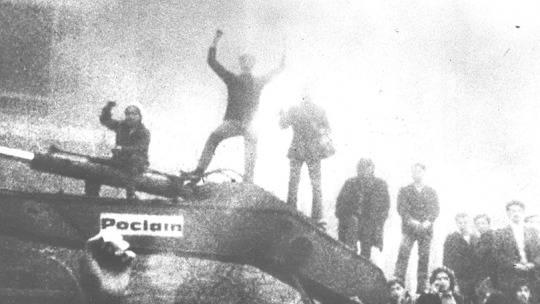
Today marks the 50th anniversary of the coup d’état in Chile, when a fascist junta led by dictator Augusto Pinochet overthrew the democratically elected socialist government of Salvador Allende. For those of us who are on the left, the story should be familiar by now: Allende had charted a ‘Chilean way to socialism' ("La vía chilena al socialismo") quite distinct from the Soviet Union and communist China, a peaceful path to socialism that was fundamentally anti-authoritarian, combining worker power with respect for civil liberties, freedom of the press, and a principled commitment to democratic process. For leftists who had become disillusioned with the Soviet drift into authoritarianism, Chile was a bright spot on an otherwise gloomy Cold War map.
What happened in Chile was one of the darkest chapters in the history of US interventionism. In August 1970, Henry Kissinger, who was then Nixon’s national security adviser, commissioned a study on the consequences of a possible Allende victory in the upcoming Chilean presidential election. Kissinger, Nixon, and the CIA—all under the spell of Cold War derangement syndrome—determined the US should pursue a policy of blocking the ascent of Allende, lest a socialist Chile generate a “domino effect” in the region.
When Allende won the presidency, the US did everything in their power to destroy his government: they meddled in Chilean elections, leveraged their control of the international financial system to destroy the economy of Chile (which they also did through an economic boycott), and sowed social chaos through sponsoring terrorism and a shutdown of the transportation sector, bringing the country to the brink of civil war. Particularly infuriating to the Americans was Allende’s nationalization of the copper mining industry, which was around 70% of Chile’s economy at the time and was controlled by US mining companies like Anaconda, Kennecott and the Cerro Corporation. When the CIA’s campaign of sabotage failed to destroy the socialist experiment in Chile, they resorted to assisting general Augusto Pinochet's plot to overthrow the democratically elected government. What followed was a gruesome campaign of repression against workers, leftists, poets, activists, students, and ordinary Chileans—stadiums were turned into concentration camps where supporters of Allende’s Popular Unity government were tortured and murdered. During Pinochet’s 17-year reign of terror, 3,200 people were executed and 40,000 people were detained, tortured, or disappeared, 1,469 of whom remain unaccounted for. Chile was then used as a laboratory for neoliberal economic policies, where the Chicago boys and their ilk tested out their terrible ideas on a population forced to live under a military dictatorship.
It shatters my heart, thinking about this history. I feel a personal attachment to Chile, not only because my partner is Chilean (his father left during the dictatorship), but because I’ve always considered Chile to be a world capital of poetry and anti-authoritarian leftism. The filmmaker Alejandro Jodorowsky asks, “In how many countries does a real poetic atmosphere exist? Without a doubt, ancient China was a land of poetry. But I think, in the 1950s in Chile, we lived poetically like in no other country in the world.” (Poetry left China long ago — oh how I wish I’d been around to witness the poetic flowering of the Tang era!) Chile has one of the greatest literary traditions of the twentieth century, producing such giants as Bolaño and Neruda, and more recently, Cecilia Vicuña and Raúl Zurita, among others.

To commemorate the 50th anniversary of the coup, the Harvard Film Archive has been screening Patricio Guzmán’s magisterial trilogy, The Battle of Chile, along with a program of Chilean cinema. I watched part I and II the last two nights and will watch part III tonight. It’s no secret that I am a huge fan of Guzmán’s work, and even quoted his beautiful film Nostalgia for the Light in the conclusion of my book Carceral Capitalism, when I wrote about the Chilean political prisoners who studied astronomy while incarcerated in the Atacama Desert. Bless Patricio Guzmán. This man has devoted his life and filmmaking career to the excavation of the Chilean soul.
Parts I and II utterly destroyed me. I left the theater last night shaken to my core, my face covered in tears.


The films are all the more remarkable when you consider it was made by a scrappy team of six people using film stock provided by the great documentarian Chris Marker. After the coup, four of the filmmakers were arrested. The footage was smuggled out of Chile and the exiled filmmakers completed the films in Cuba. Sadly, in 1974, the Pinochet regime disappeared cameraman Jorge Müller Silva, who is assumed dead.
It’s one thing to know the macro-story of what happened in Chile and quite another to see the view from the ground: the footage of the upswell of support for radical transformation, the marches, the street battles, the internal debates on the left about how to stop the fascist creep, the descent into chaos, the face of the military officer as he aims his pistol at the Argentine cameraman Leonard Hendrickson during the failed putsch of June 1973 (an ominous prelude to the September coup), the audio recordings of Allende on the morning of September 11, the bombing of Palacio de La Moneda—the military is closing in. Allende is dead. The crumbling edifice of the presidential palace becomes the rubble of revolutionary dreams—the bombs, a dirge for what was never even given a chance to live.
#Patricio Guzmán#film#Chile#history#salvador allende#socialism#marxism#coup#coup d'etat#The Battle of Chile#revolution#cinema#fascism#communism#geopolitics#political economy#Cold War#chris marker#memory#neoliberalism#capitalism#politics
97 notes
·
View notes
Photo
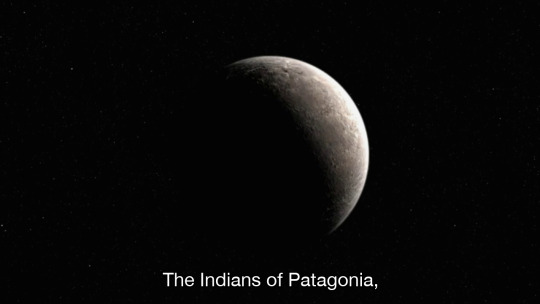

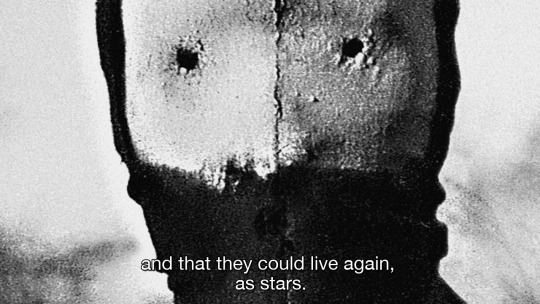
“El botón de nácar” 2015
184 notes
·
View notes
Text

Happy 82nd, Patricio Guzmán.
With cinematographer Jorge Müller shooting The Battle of Chile (1975).
18 notes
·
View notes
Photo

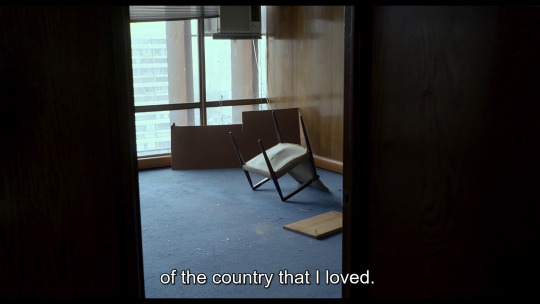



La cordillera de los sueños (2019), dir. Patricio Guzmán
#la cordillera de los sueños#the cordillera of dreams#patricio guzman#patricio guzmán#chile#*#film stills#dailyworldcinema
77 notes
·
View notes
Text
AUCUN DANGER
Maintenant qu’il n’y a
aucun danger
dans le métro qui me déplace
vers d’autres lignes
à Gare de l’Est
jamais vers des planètes
mais j’ai déjà mon aventure sur un strapontin
à faire défiler les images sur mon téléphone
et j’ai pris trois photos
depuis que je suis rentrée à Paris
depuis deux mois
est-ce peu ou beaucoup
cela fait 0,05 photo par jour
Le porte-monnaie égaré puis retrouvé de Juliette
sur la pelouse du parc de la Villette
quand nous étions fatiguées
toujours réglées aux heures
des nuits du Canada
Le ticket de la contravention reçue dans un wagon
car ne pas avoir vu le contrôleur à temps
pour lui dire que j’étais dans le train d’avant
coûte 190 euros
mais je n’aurais pas pu le trouver
j’ai même oublié de le chercher
absorbée que j’étais
dans un film avec des constellations
Le photogramme après Vierzon
un peu avant l’amende
quand les rayons du soleil éblouissaient deux lignes de sous-titres
sur mon écran
me rappellent ce moment où l’on croit
qu’on cesse d’être un enfant
Maintenant qu’il y a mon arrêt
Ménilmontant
rue des Bluets
je pense à toutes les photos que j’ai prises
chaque jour au Québec
face aux photos d’ici que je ne prends pas
dans l’un de ces moments où je crois
ne plus pouvoir m’étonner



20 notes
·
View notes
Link
Documental sobre el trabajo astronómico en el desierto de Atacama (Chile). Película disponible para ver online en 1080p, sin subtítulos.
9 notes
·
View notes
Text
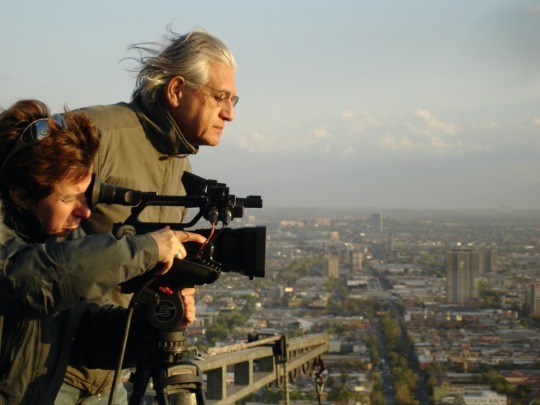
Still from Nostalgia for the Light, dir. Patricio Guzmán, 2010 (all images courtesy Cinema Tropical)
1 note
·
View note
Text
チューリヒへの旅より
チューリヒへの旅より:5月8日からごく短期間チューリヒを訪れた際に接したトーンハレ管弦楽団の演奏会、《フィデリオ》の公演、リートベルク美術館での展覧会や映画の上映などについて記しています。
前アルプスを望むチューリヒ湖の風景
広島では初夏のような蒸し暑い日が続いています。みなさまお元気でお過ごしでしょうか。去る5月8日から11日にかけて、ごく短期間ではありますが、スイスのチューリヒへ出かけました。クリストフ・フォン・ドホナーニが指揮するチューリヒのトーンハレ管弦楽団の演奏会を聴くのが主たる目的でしたが、それ以外にもオペラを観たり、美術館を訪れたり、旧知の友人と、前アルプスを望むチューリヒ湖畔でゆっくり語らったりすることができました。音楽に身を浸す喜びだけでなく、今後の研究へ向けた刺激も得ることもできました。この時季の緑はとても鮮やかで、眩いばかり。チューリヒ湖畔から前アルプスを望むと、冠雪の残る山並みと多彩な緑のコントラストも楽しめました。
5月9日と10日の2日間、トーンハレでこの響きの豊かな「楽堂」の名を冠したオーケストラの演奏会を聴きました。曲目は、ルドルフ・ブッフビ…
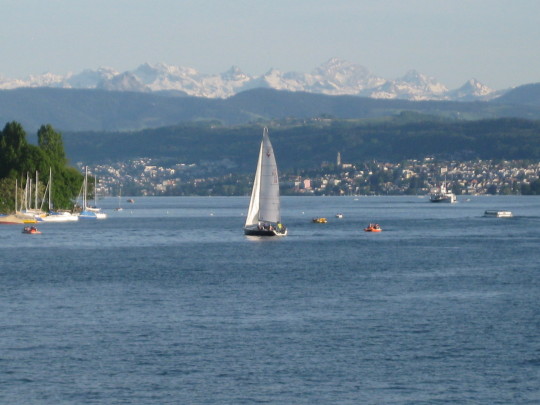
View On WordPress
#Andreas Homoki#Anja Kampe#Anton Bruckner#Christoph von Dohnányi#Fidelio#Ludwig van Beethoven#Markus Poschner#Museum Rietberg#Nostalgia de la lùz#Patricio Guzmán#Rudolf Buchbinder#Tonhalle Orchester Zürich#Wolfgang Amadeus Mozart
0 notes
Text




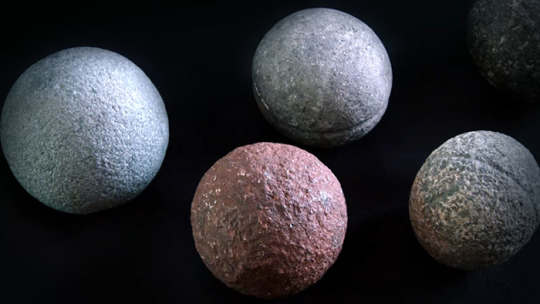




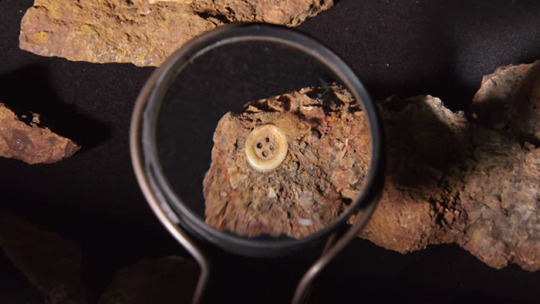
El botón de nácar
Patricio Guzmán
Chile/France/Spain/Switzerland, 2015
★★★
Netflix* just made three Patricio Guzmán documentaries available.
Sometimes Netflix is good.
*netflix latam, that is
0 notes
Text
MON PAYS IMAGINAIRE
J'anime des séances de cinéma consacrées à Mon pays imaginaire de Patricio Guzmán, avec l'ADRC. Pour en savoir plus sur les modalités d'interventions : cliquer ici

0 notes
Text
The Pearl Button
on Kanopy
youtube
Seasoned filmmaker Patricio Guzmán, whose groundbreaking 1975 The Battle of Chile was a key event in the history of the documentary form, follows his astonishing recent work Nostalgia for the Light (2011) with a similar exploration of familiar themes such as memory and the historical past. The Pearl Button was awarded the Silver Bear for Best Script at 2015 Berlin Film Festival. —filmflaneuse.com
#the pearl button#patricio guzmán#kanopy#documentary#film#cinema#watchlist#watchlisted#chile#socialism#Youtube
0 notes
Text
Chili's decennialange strijd voor rechtvaardigheid loopt als een rode draad door deze optimistische documentaire.
0 notes
Photo
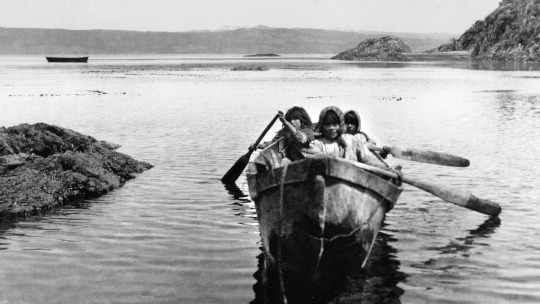

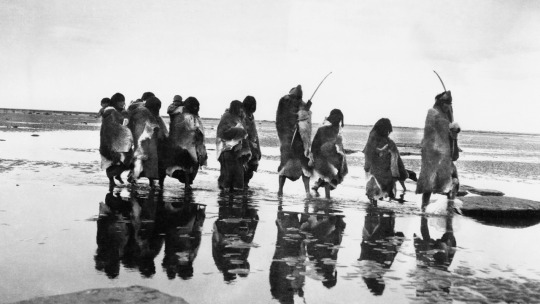
“El botón de nácar” 2015
52 notes
·
View notes
Text
OUR IMAGINARY COUNTRY:
Director records
Second revolt of Chile
Strength of the people
#my imaginary country#random richards#poem#haiku#poetry#haiku poem#poets on tumblr#haiku poetry#haiku form#poetic#haiku on tumblr#documentary#chile#patricio guzmán
1 note
·
View note
Photo



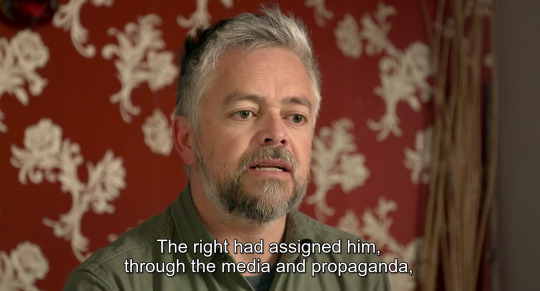
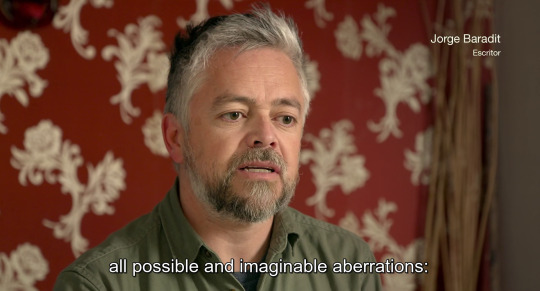


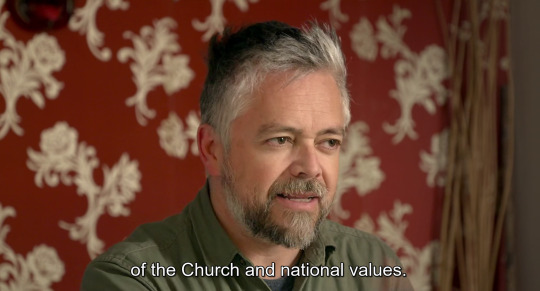
La cordillera de los sueños (2019), dir. Patricio Guzmán
#la cordillera de los sueños#the cordillera of dreams#patricio guzmán#chile#watching this in a fucking big screen was an experience#*#film stills#chilean cinema
4 notes
·
View notes
Text





love a gorgeous rock . how they witness and how they remember
20 notes
·
View notes